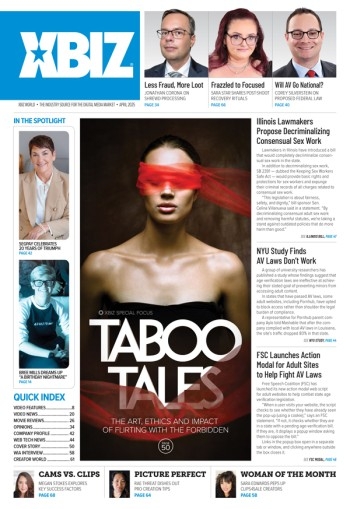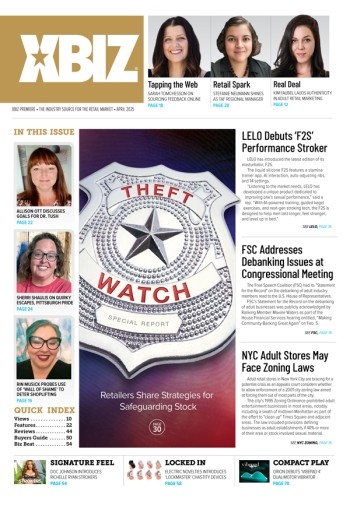If you’ve been in a sex shop lately, or even a pharmacy, it’s clear that the pleasure products industry is booming. There are more products out there than ever before. For manufacturers, this means crowded shelves — and competing for shoppers’ attention. That’s why we need to talk about one of the most powerful tools in marketing: packaging.
They say you never get a second chance to make a first impression, and packaging is what makes that first impression. Think of packaging as a signal to your target customer. It’s like Coco Chanel said: “Dress shabbily and they remember the dress; dress impeccably and they remember the woman.” Let’s look at how packaging can dress up products for success.
Not only does packaging need to be functional, it also needs to give shoppers valuable information, like a product’s unique selling points.
Catch Their Eye
When designing packaging, think beyond how good it looks on its own. Try to envision how it will look on store shelves alongside other products in the category.
Standing out from the competition on crowded shelves presents a huge challenge. Design elements like bright color palettes, bold text and high-contrast color schemes can help brands differentiate themselves. Take note of what’s already out there so you can avoid repeating color palettes or accidentally using the same design elements as your competitors — for example, bright white background with black text.
Position Your Products
Your packaging must also be positioned for success — literally. Does it sit on a shelf? Does it need to hang from a hook? Can it do both? These are important questions you need to address when mapping out a product’s positioning. If a store primarily uses slatwalls, can the product hang neatly while taking up a reasonable amount of space? If it’s a shelf-only package, how much space does it take up? Will it allow for other items to be displayed along with it, or does it take up too much space?
You want your products to stand out, but brick-and-mortar retailers have physical limitations, so it’s important for manufacturers to adapt their retail strategy to account for the logistics of every store.
Adapting to Retail Store Requirements
While you are thinking about displays in stores, consider the imagery on the packaging. Is there a window to show the product inside, or a photo or rendering of the product? If there is no image of the product at all, are there other ways that shoppers can see what it looks like, without requiring store staff to open up the packaging? Some stores, like lingerie shops, may require packaging with more subtle imagery, so manufacturers should consider how to accommodate those stores.
There is also the matter of getting your products to retailers intact. How well does the packaging ship? Is it durable? Is there plastic or a window that could become cracked, creased or damaged? How well does the packaging ship in bulk?
Sharing Information
Not only does packaging need to be functional, it also needs to give shoppers valuable information, like a product’s unique selling points as well as core details like functions, measurements and materials.
Here are some points to consider when selecting what information to put on packaging, and how to communicate it:
- Reading and comprehension levels vary — keep it simple.
- Customers’ level of experience with toys varies, so even if it seems obvious, a brief description of what the product is and what it does might be valuable for newcomers.
- Clarity is king. You don’t want any confusion. When in doubt, run the copy by someone who is not a member of the adult industry. See if it lands with them.
- Be aware of language that limits your product’s potential appeal to various shoppers. Sex toys should sell an experience, not a body shape or gender identity.
Is Your Message Coming Through?
When manufacturers send products out into the world, they are trusting the packaging to speak for them. Take the time to consider whether your packaging works the way you intend it to. Does it effectively communicate the information and “vibe” you’re hoping to convey? The brand message? Asking this question, and taking the important steps listed above, can go a long way toward turning curious window-shoppers into actual customers.
Eric Lee is the COO of Blush, a global manufacturer of pleasure products.







